Chaosmosis: Assigning Rhythm to the Turbulent
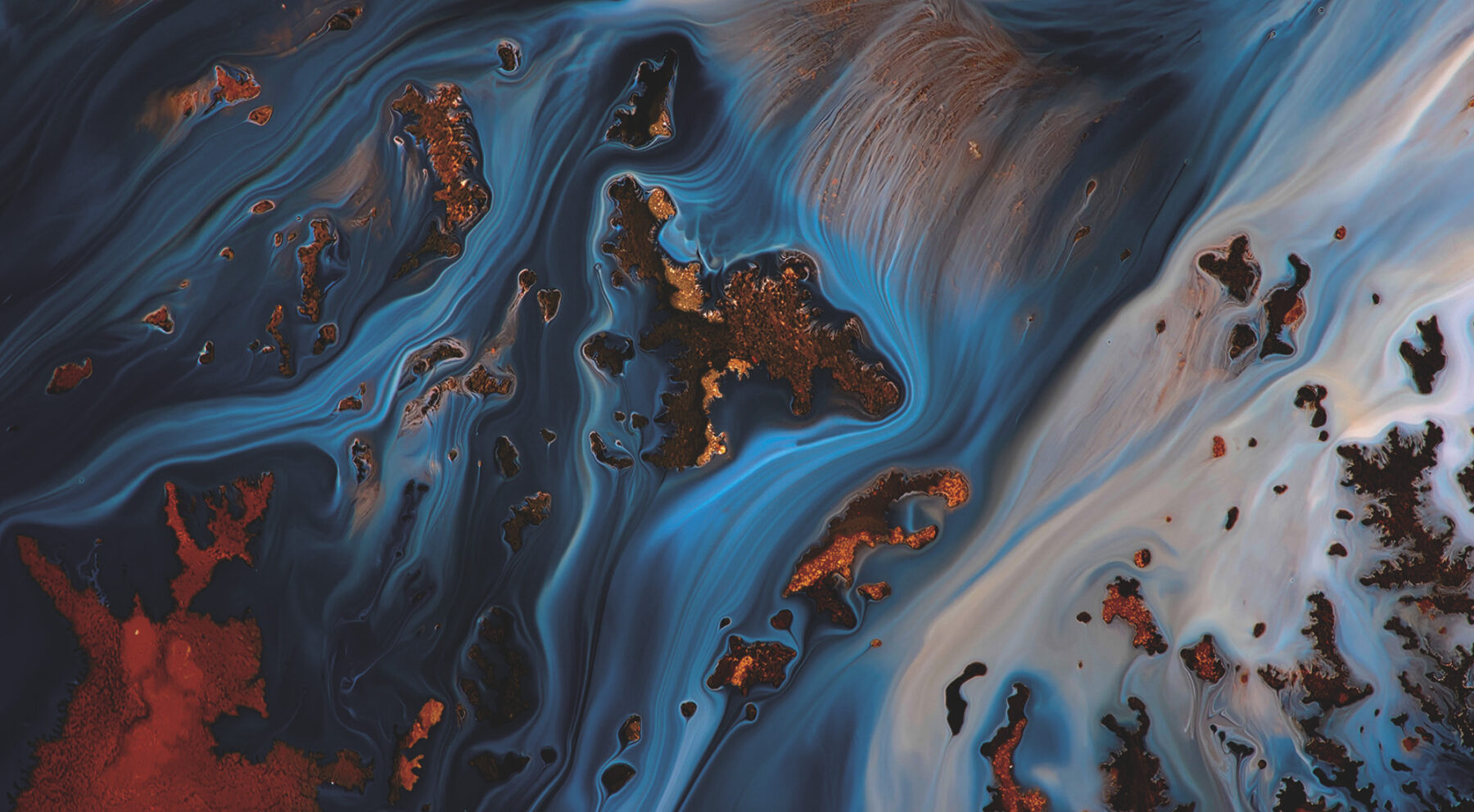
Chaosmosis: Assigning Rhythm to the Turbulent is an art exhibition inspired by fluid dynamics, a discipline that describes the flow of liquids and gases. The exhibition draws from past submissions to the American Physical Society’s Gallery of Fluid Motion, an annual program that serves as a visual record of the aesthetic and science of contemporary fluid dynamics. For the first time, a selection of these past submissions has been curated into an educational art exhibition to engage viewers’ senses.
The creators of these works, which range from photography and video to sculpture and sound, are scientists and artists. Their work enables us to see the invisible and understand the ever-moving elements surrounding and affecting us. Contributors to the exhibition include artists Rafael Lozano-Hemmer and Roman De Giuli, along with physicists Georgios Matheou, Alessandro Ceci, Philippe Bourrianne, Manouk Abkarian, Howard Stone, Christopher Clifford, Devesh Ranjan, Virgile Thievenaz, Yahya Modarres-Sadeghi, Alvaro Marin, Christophe Almarcha, Bruno Denet, Emmanuel Villermaux, Arpit Mishra, and Paul Branson.
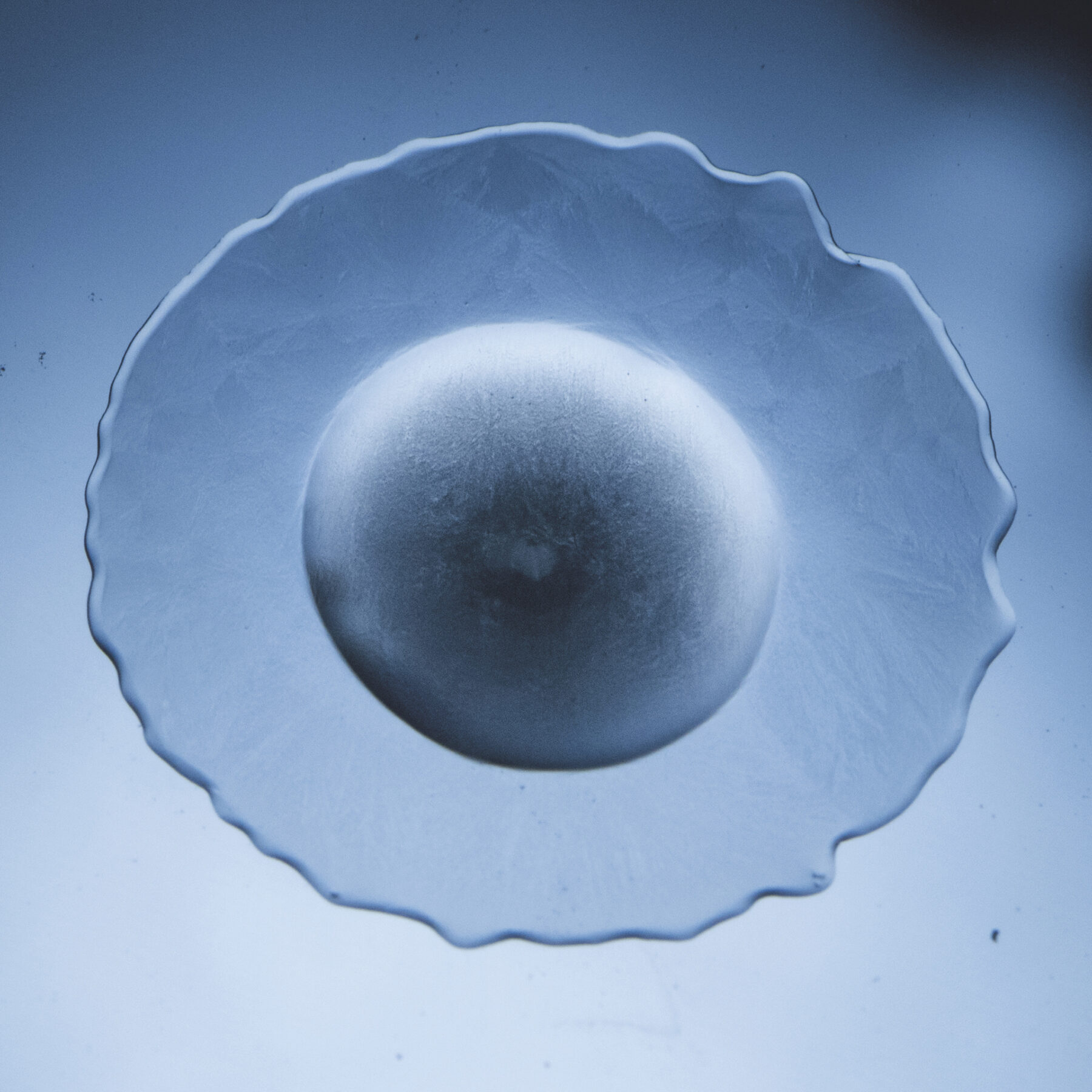



Magnified frozen water droplets resemble shattered glass in a series of photographs. A video simulation depicts the confined friction occurring within a pipe with flowing liquid. In other works, the fluid motions portrayed are produced by human bodies: a video sheds light on the airflow of an opera singer while singing, and a 3D-printed sculpture reveals the flow of human breath using sound from the first dated recording of human speech. Gases and liquids are in constant motion, advancing in seemingly chaotic ways, yet the works offer a closer look, revealing elegant and poetic patterns amid atmospheric turbulence.
The term chaosmosis, coined by the philosopher Félix Guattari in the 1990s, conveys the idea of transforming chaos into complexity. It assigns rhythm to the turbulent, linking breathing with the subjective perception of time, and concluding that respiration is what unites us all.
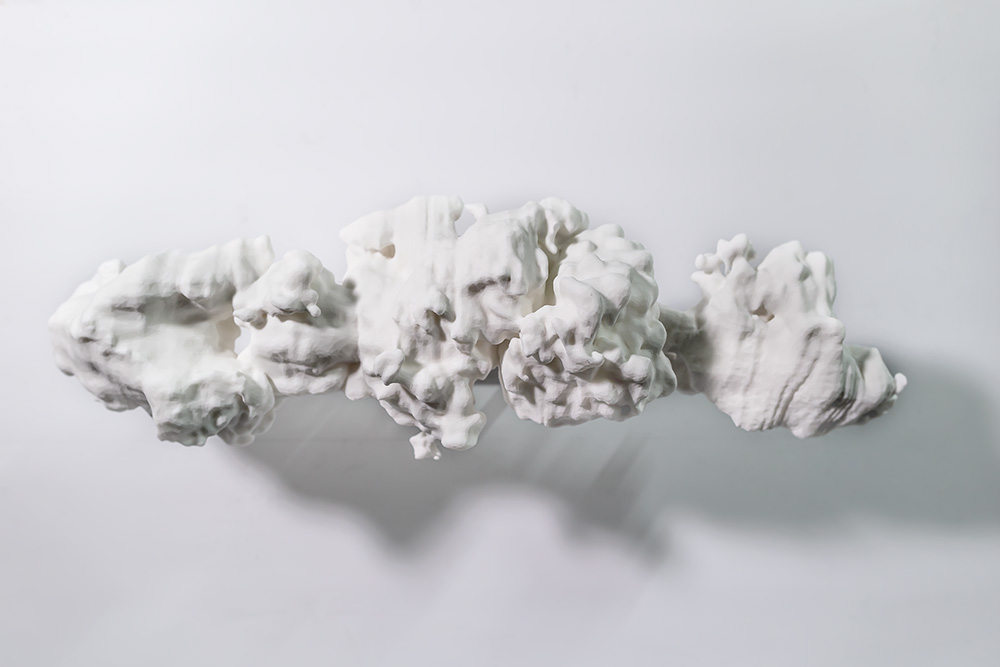
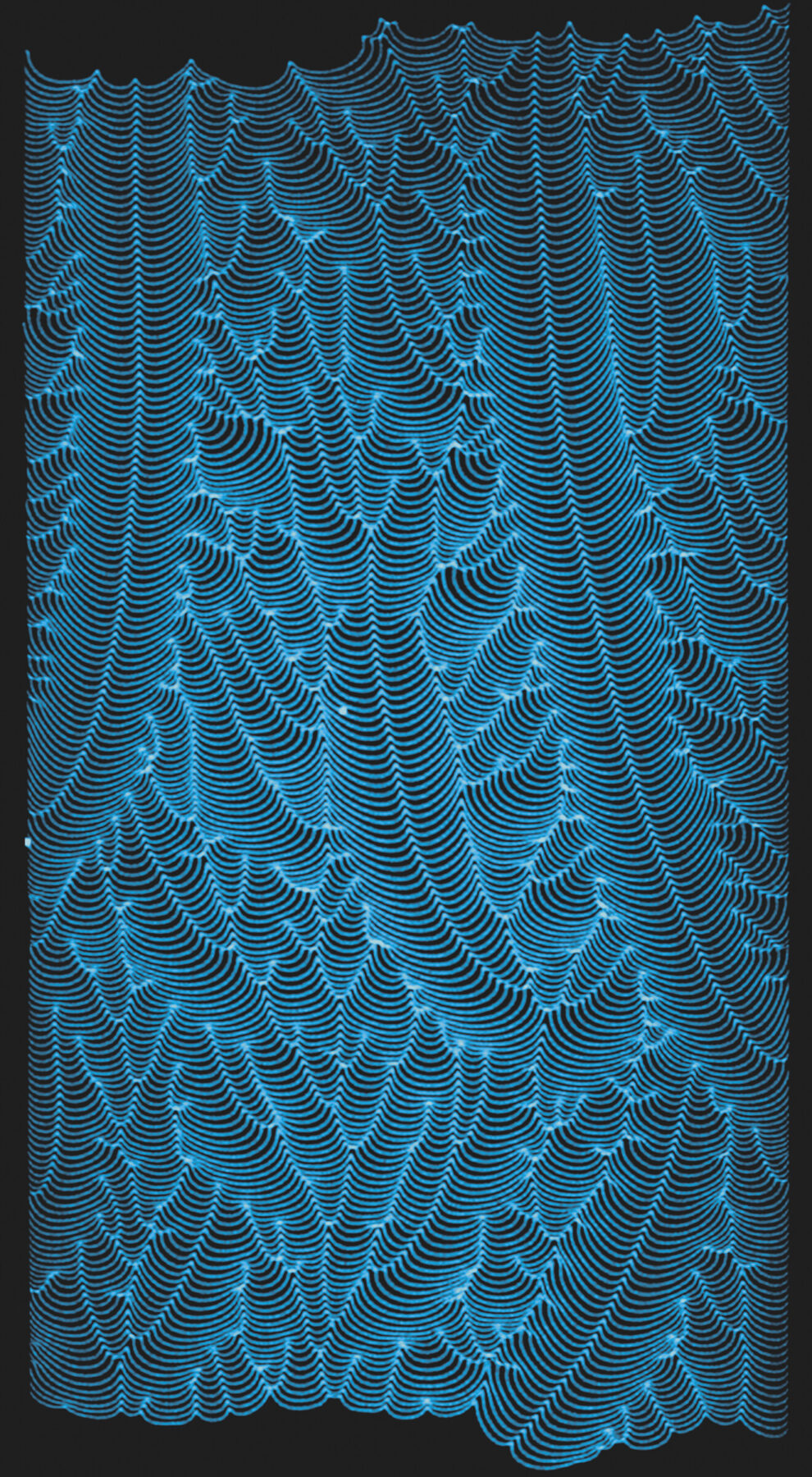
Christophe Almarcha, Joel Quinard, Bruno Denet, Jean-Marie Laugier, and Emmanuel Villermaux, Experimental Two-Dimensional Cellular Flames, 2014, laser print on fabric, 84 x 46 inches.
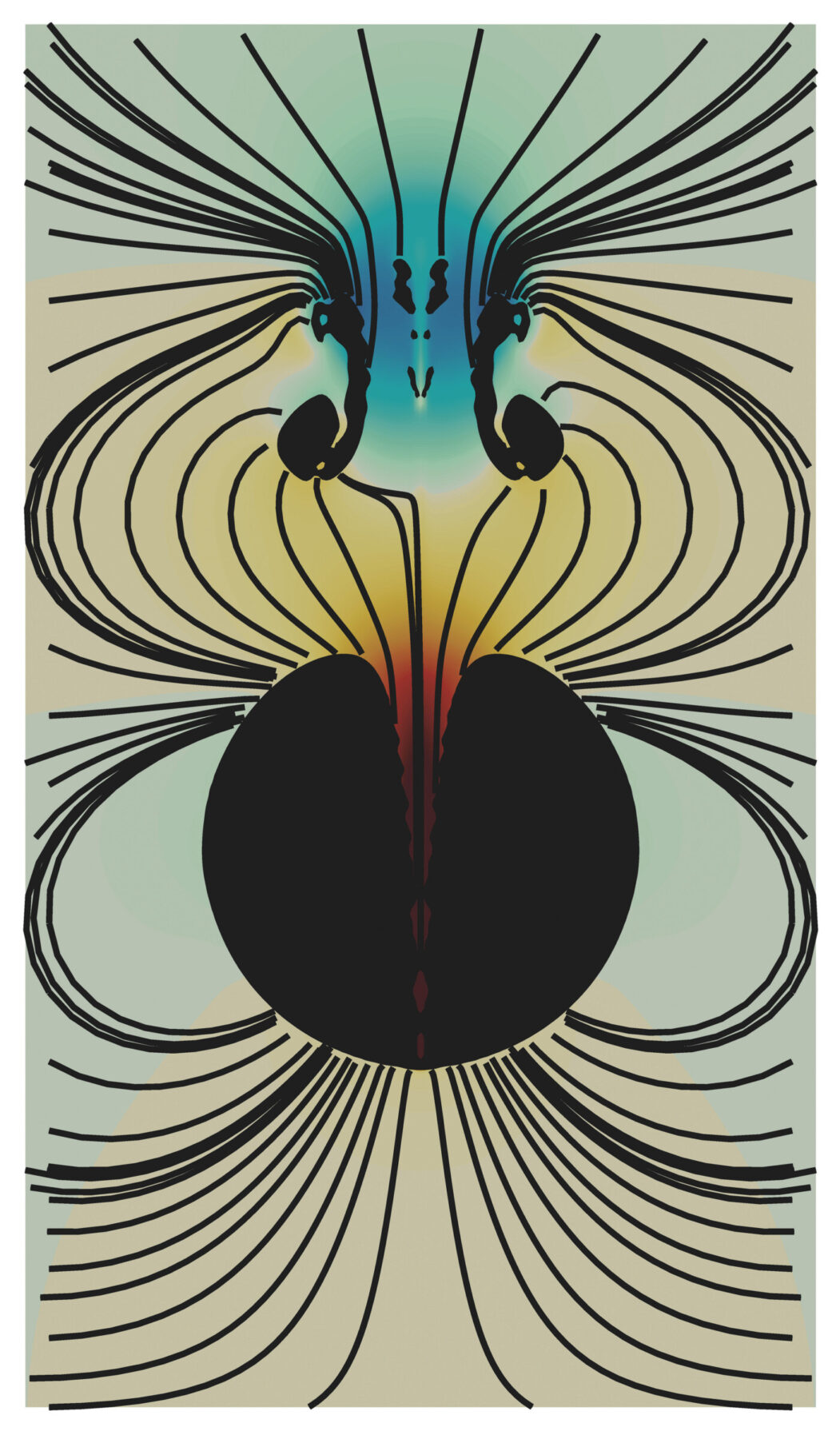
Arpit Mishra, Claire Bourquard, Arnab Roy, Rajaram Lakkaraju, Outi Supponen, and Parthasarathi Ghosh, Flow-Focusing from Interacting Cavitation Bubbles, 2021, laser print on fabric, 84 x 48.5 inches.

Chaosmosis runs from October 2, 2023, through February 23, 2024, at the National Academy of Sciences building in Washington, DC. The exhibition is curated by Natalia Almonte and Nicole Economides in coordination with Azar Panah and the American Physical Society’s Division of Fluid Dynamics.
